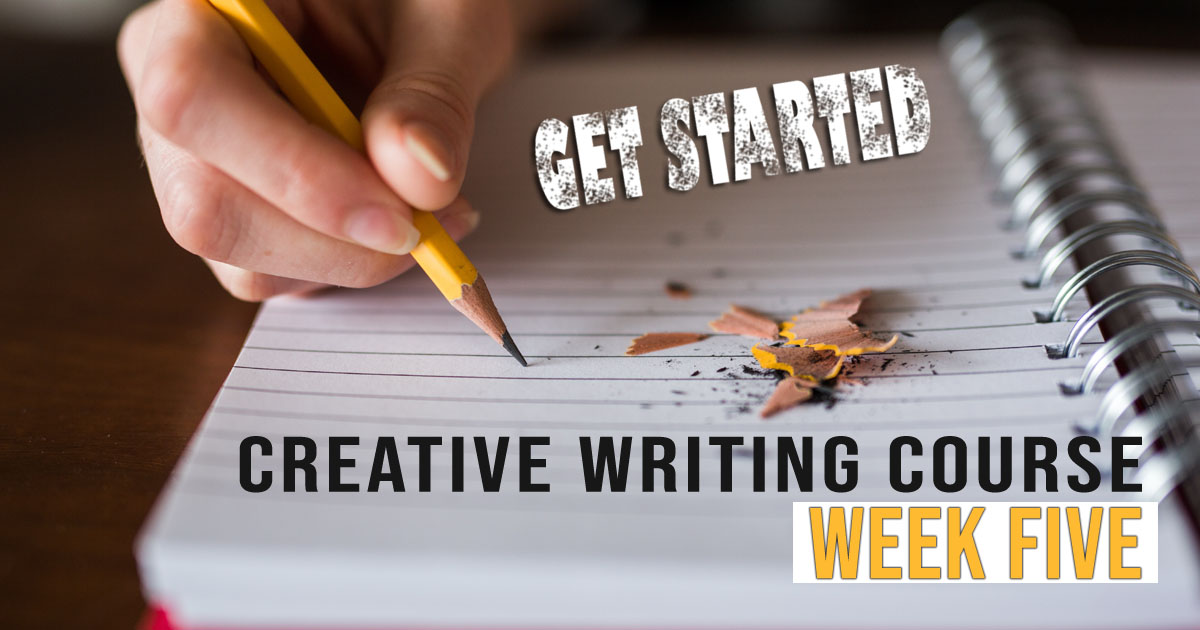POETIC DEVICES
Literary devices are the techniques you can apply to your writing to control or direct how your reader feels when they read your story.
Remember, each time you write a story, you are taking your reader on a journey into the life and mind of your characters – you want them to experience it as you see it and you do this with your writing, so the more techniques you can master, the more you can ‘play God’ with the emotions of your reader.
There are some devices more associated with poetry that can be equally utilised in prose to evoke a more ‘romanticised’ or ‘painterly’ feeling to any description.
Make sure you read each of the examples below out-loud so you can hear the effect each technique has on the sentence.
- Alliteration
Is the occurrence of the same letter or sound at the beginning of adjacent or closely connected words, such as in; Silly Susan sat silently sizzling sausages.
Or more subtly;
Clouds crowded over the cornfield to form swaying shadows that rattled ominously in the gathering breeze.
- Assonance
Is like alliteration but, refers to the vowel sounds between syllables of nearby words.
He leaned where the old brick wall had been, falling backwards into the chilly stream. Nancy laughed and reminded herself to make a sign.
- Consonance
the recurrence of similar-sounding consonants in close proximity (but not necessarily at the beginning of all the words, because that would be alliteration!)
Caught in static contemplation. (A repetition of the ‘c’ and ‘t’ sounds)
The use of any of these ‘matching sound’ devices can give your sentences an ethereal/dreamy quality, which is particularly good for romantic scenes, descriptions of faraway places and reminiscences.
All of these AND rhyming are also particularly effective when writing for younger children because of the way these sounds ‘roll around the mouth’. For example, everyone has at some point, enjoyed alliterative rhymes such as ‘seven sizzling sausages’ and ‘she sells seashells beside the seashore’. Of course, in writing for adults, the trick is to use these devices in a way that is NOT obvious and does not ‘jar’ the reader, but simply enhances the flow of the sentence.
Poetic devices exercise

Describe an amazing setting – it can be a real or imaginary place.
Use ‘poetic’ devices like assonance, consonance or alliteration to bring the wonder of the place to life.
Read it back to yourself and make sure that any poetic devices are subtle.
You do not want them to sound ‘laboured’ or over-done.
AVOID REPETITION OF WORDS, EXCEPT...
If you use the same word several times, in close proximity to each other, it will really stand out to the reader and feel laboured. Always check your writing for repeats and if possible, change second and third repetitions of a word to a different one with the same meaning.
Malone had parked her car in the car park and taken the lift down to the shopping precinct. She felt nervous on her first trip out alone and had nervously looked over her shoulder several times on the way from her car to the precinct.
Use a thesaurus to find good alternative words; MS Word’s inbuilt Thesaurus (select the word you want to change and press SHIFT and F7), download a Thesaurus app for your smartphone or Google ‘Thesaurus’ for an online version.
Malone had parked her car in the multi-story and taken the lift down to the shopping precinct. She felt nervous on her first trip out alone and had anxiously looked over her shoulder several times on the way from her vehicle to the shops.
However, a word can actually be repeated as a literary device – to reiterate a feeling or a sense and to build tension.
The night was clear. She could see the road ahead. Nothing to worry about. Nothing at all.
The repetition of the word ‘Nothing’ actually makes you feel the opposite – that perhaps there is something to worry about and puts you/the reader on edge.
Repetition can also be used as a stylistic device.
For example:
Gail did not know what was coming. She didn’t know what was coming until it was too late to run…
The trick is, to make conscious decisions about the words and repetitions you use.
Intentional repetitions exercise
Write a paragraph or two for the scenario below, using repetition to make the reader doubt that the young girl is as safe as she believes herself to be:
Celeste is fifteen. She is meeting a man she connected with on Tinder (a dating app). He says he is looking for teenagers to test out a new dating app designed for under eighteens.
I would love to see what you do with the exercises, please do feel free to post them in the comments below.

Leave a Reply